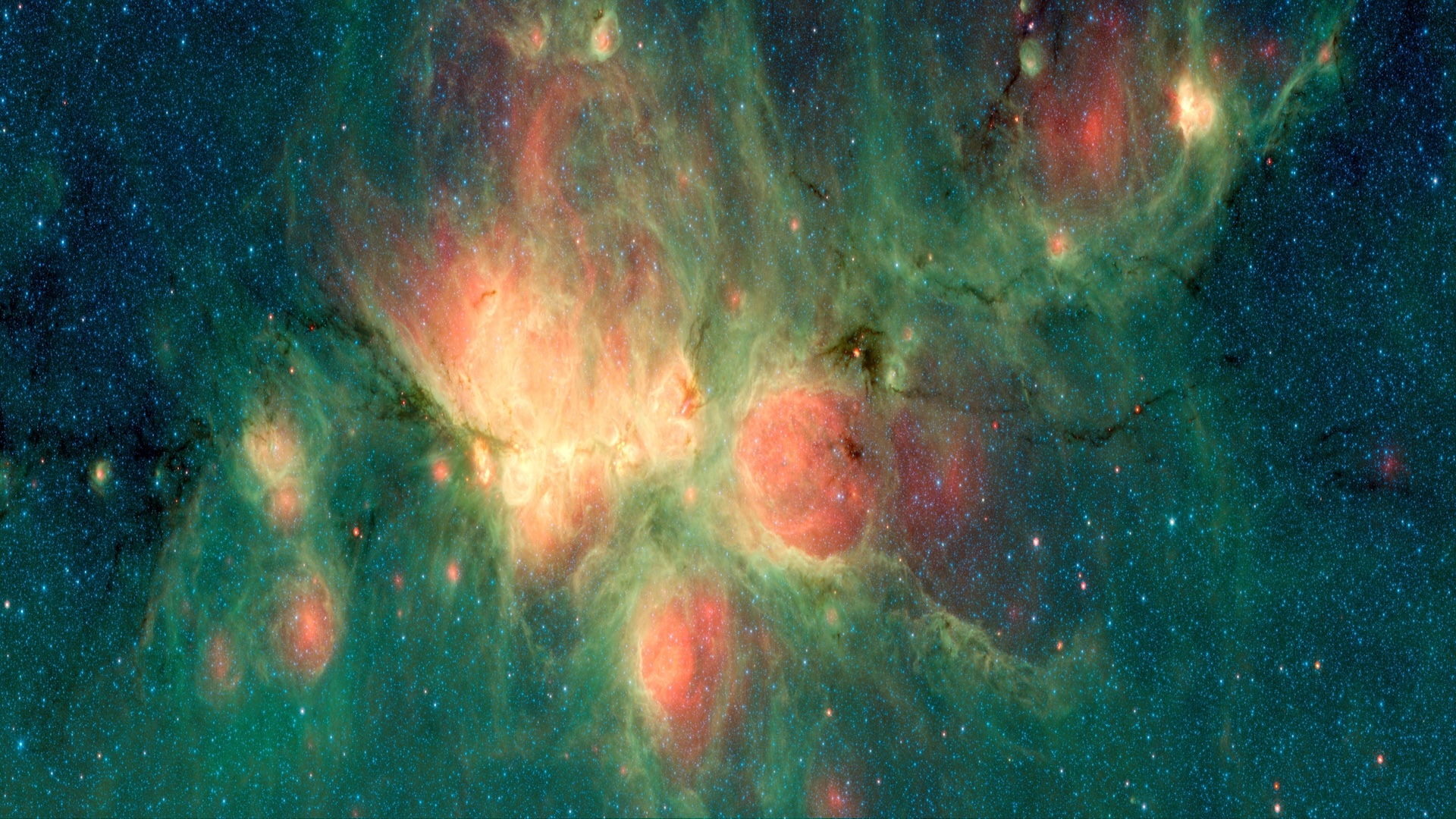Researchers recently made an intriguing discovery in the Cat’s Paw Nebula, a star-forming region located approximately 5,500 light-years away from Earth. In a report published in The Astrophysical Journal Letters on April 12, scientists revealed the detection of a remarkably large molecule called 2-methoxyethanol, marking one of the largest molecules ever identified beyond our solar system.
Space, often perceived as vast emptiness, is actually teeming with complex chemistry. As atoms assemble and disassemble over millions of years, stars and planets take shape, offering insights into the origins of life. Understanding the formation of simple organic molecules like methane, ethanol, and formaldehyde not only sheds light on the birth of stars and galaxies but also provides clues about the emergence of life itself.
However, identifying these fundamental building blocks of life in space presents a formidable challenge. Each molecule possesses a unique energy signature, akin to a barcode, composed of specific wavelengths of light it can absorb. While these signatures are easily discernible in laboratory settings, detecting them in space requires meticulous observation and analysis.
Zachary Fried, an astrochemist at MIT and the lead author of the study, explained that by observing interstellar sources with radio telescopes, researchers can capture the rotational signals emitted by gaseous molecules in space. These signals, governed by the same quantum principles as those observed in the lab, offer valuable insights into the molecular composition of distant cosmic environments.
The discovery of 2-methoxyethanol, a molecule comprising 13 atoms, was a significant breakthrough for the research team. Such complexity is rare beyond our solar system, with only a handful of molecules larger than 13 atoms ever detected. Fried and his colleagues employed both traditional spectroscopy techniques and advanced machine learning algorithms to identify this elusive molecule.
After measuring the rotational spectrum of 2-methoxyethanol samples in the lab, the team used the Atacama Large Millimeter/Submillimeter Array (ALMA), a collection of radio telescopes in Chile, to analyze readings from the Cat’s Paw Nebula and another celestial region known as IRAS 16293. While no traces of 2-methoxyethanol were found in IRAS 16293, the team detected 25 matching signals in the Cat’s Paw Nebula, confirming the molecule’s presence in this star-forming environment.
The researchers hope that their findings will pave the way for future studies to uncover additional unidentified molecules in space. By investigating the physical conditions and chemical processes occurring in different interstellar sources, scientists aim to unravel the complex chemistry underlying the formation of molecules in the cosmos.
Ultimately, this research not only expands our understanding of the chemical diversity of the universe but also offers tantalizing clues about the conditions conducive to the emergence of life beyond Earth.















































